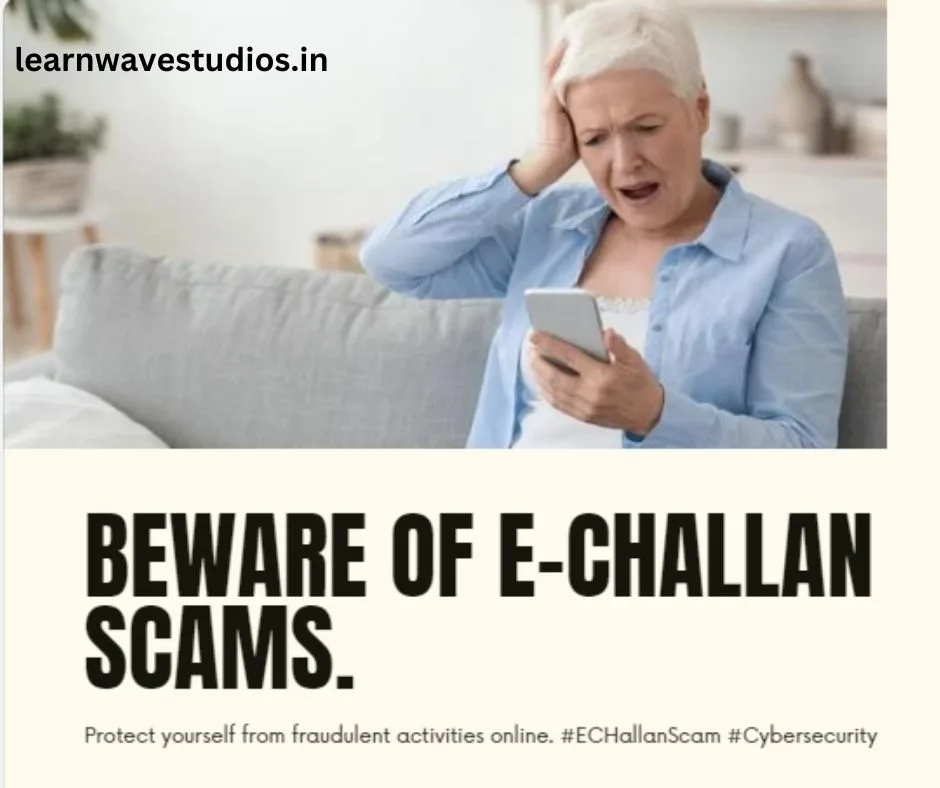Protect Yourself from E-Challan Scams: A Comprehensive Guide
The proliferation of e-challan scams poses a significant threat to individuals, making it imperative to stay informed and vigilant. This comprehensive guide aims to equip readers with the knowledge to recognize and avoid falling victim to these scams, while providing actionable steps to protect oneself from malicious actors.

Understanding E-Challan Scams
E-challan scams are perpetrated through a variety of deceitful tactics, targeting individuals who have purportedly received electronic traffic violation tickets. These scams are typically facilitated through phishing messages, fake links, spoofed websites, and counterfeit mobile apps, all designed to extract personal information or conduct unauthorized transactions.
How the Scams Work
- Phishing Messages: Scammers send text messages or emails that mimic legitimate traffic authority notifications, claiming unpaid traffic violations with substantial fines.
- Fake Links: The fraudulent messages contain links that prompt recipients to view e-challan details or make payments.
- Spoofed Websites: Clicking on these links may redirect victims to counterfeit websites resembling official traffic authority platforms, aimed at stealing sensitive information.
- Fake Mobile Apps: In some instances, scammers lure individuals into downloading fraudulent mobile apps purportedly for viewing or paying e-challans, which are capable of extracting data or installing malware.
Real-Life Accounts of E-Challan Scams
One incident involved a 43-year-old man from Thane who encountered an e-challan scam after receiving a text message directing him to settle a traffic violation fine through the Vahan Parivahan app. Despite promptly uninstalling the app, unauthorized transactions of Rs 50,000 had already been conducted from his account, highlighting the severity of these incidents.
Protecting Yourself: Key Measures
To safeguard against falling victim to e-challan scams, it is essential to adopt a proactive approach to online safety. Here are key measures to mitigate the risk of being ensnared by such scams:
- Exercise Caution with Messages: Avoid clicking on links or downloading attachments from emails or texts alleging unpaid e-challans, especially those that convey a sense of urgency or threat.
- Verify Message Authenticity: If there are doubts regarding the legitimacy of a message, contact the local traffic authority directly through their official channels to inquire about any purported violations .
- Protect Personal Information: Refrain from divulging financial details, login credentials, or Aadhaar information on unverified websites or mobile apps.
- Aim for Official Portals: Genuine e-challan websites generally bear the “.gov.in” domain extension, so exercise vigilance while interacting with websites of differing extensions or suspicious URLs.
- Payment through Authorized Sources: If presented with a genuine e-challan, ensure that the payment is made exclusively through the official website of the local traffic authority or authorized payment gateways .
E-challan scams are a pervasive threat in the digital landscape, necessitating heightened awareness and caution among individuals to shield themselves from potential exploitation. By understanding the modus operandi of these scams and adhering to the proactive measures outlined in this guide, individuals can effectively fortify themselves against falling prey to e-challan scams. Stay informed, exercise vigilance, and prioritize your online security to thwart the malicious designs of scammers.

